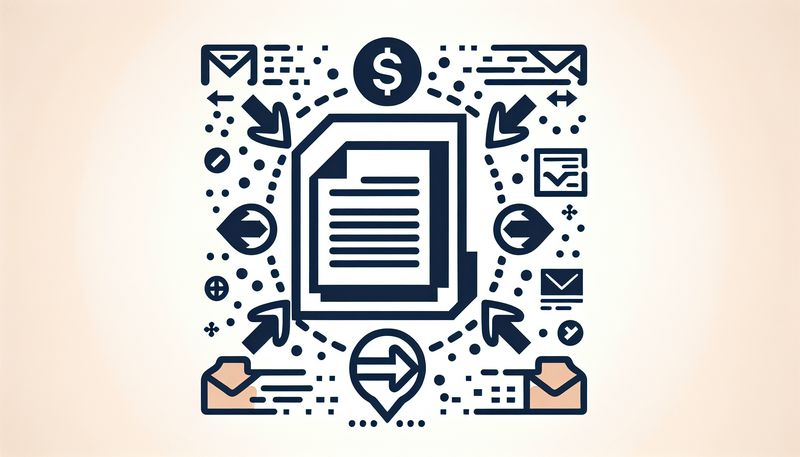Understanding Blockchain-Based Notarization
21 April 24
Imagine having the ability to securely notarize your intellectual property (IP) in a way that is both cost-effective and time-efficient. Picture a world where you no longer need to rely on expensive legal processes to protect your IP assets. Welcome to the world of blockchain-based notarization brought to you by Digital Time Stamps. This revolutionary service allows individuals to store an encrypted fingerprint of their work on the blockchain, serving as a notarization of the idea, and proving that one held the IP at a specific point in time.
Simplifying the IP protection process, Digital Time Stamps leverages the decentralized and publicly auditable Bitcoin blockchain. This technology ensures a trusted and efficient solution at just $2.50 per file. By creating unique digital signatures, file tampering is prevented, with these signatures acting as proof that a file's contents are identical to the original version. The timestamping process is near-instantaneous, eliminating the wait for Bitcoin confirmations.
Applications of this service extend beyond just copyright protection. They are also highly valuable for document sharing, securing file integrity, ensuring video integrity, and more. Timestamps can be processed quickly, and a list of processed files, their timestamp proofs, and transaction history is readily available. Even verifications are free, and anyone can verify a file without needing an account.
Blockchain technology has truly revolutionized the way we handle IP, making the process of notarization more accessible and affordable for everyone. As we continue to witness the digitalization of our world, services like Digital Time Stamps become increasingly essential. This innovative solution offers a secure, efficient, and affordable option for notarizing your IP, giving you the peace of mind you need in today's digital age.
With blockchain-based notarization, the future of IP protection is here. Explore the benefits of this technology and see how it can revolutionize the way you manage your intellectual property.

